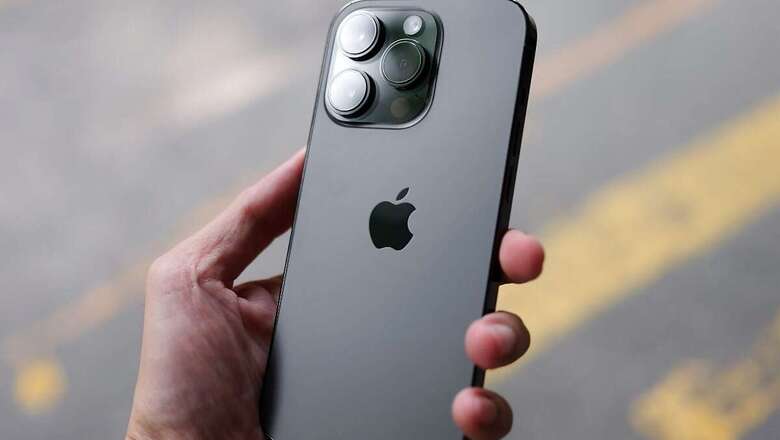
views
Apple’s iPhone 15 series is widely expected to come with USB-C as the default port—replacing the Lightning connector introduced with the iPhone 5 in 2012. While this may not register as a major upgrade for the average user who doesn’t pay much attention to their phone’s port, it will certainly be a major boon for power users and people who frequently rely on their iPhones for content creation and subsequent file transfers to their computers.
We say this because with USB-C, the new iPhone 15 models should theoretically allow users to seamlessly connect SSDs and flash drives to swiftly copy files over.
iPads Have Had USB-C Ports for a While
For those unfamiliar, Apple iPads have already transitioned to USB-C and allow users to use the USB-C port along with the Files app for fast data copying and pasting. Therefore, the file transfer process becomes convenient, removing the need to rely on AirDrop for wireless transfers—which can be unreliable—particularly when dealing with multiple large files. Ergo, USB-C could prove to be a time-saver, especially for content creators.
It is worth noting that we have been using the 4th generation iPad Air for the past two years, relying on its USB-C port for data transfers. We find it to be a reliable method for data transfer to our SSDs.
iPhone 15 Pro May Have One Major Advantage
While the shift to USB-C is almost inevitable, recent reports suggest that the USB-C port on the standard iPhone 15 models could remain USB 2.0. This implies that users may experience the same slow speeds as those supported by the current Lightning connector.
It’s worth mentioning that the tipster Majin Bu on X (formerly Twitter) says that the more expensive iPhone 15 Pro models will support higher transfer speeds. Additionally, trusted analyst Ming-Chi Kuo has also previously stated that the iPhone 15 Pro will at least support the USB 3.2 or Thunderbolt 3 standards.
While the idea of slower speeds with the standard iPhone 15 models remains a rumor, Apple has previously tried to distinguish between the vanilla and Pro models—and this could be one such differentiating factor.
With that said, all uncertainties should be cleared at Apple’s ‘Wonderlust’ event on September 12, where the company is also expected to unveil the new Apple Watch Series 9 and the next-generation Apple Watch Ultra.




















Comments
0 comment